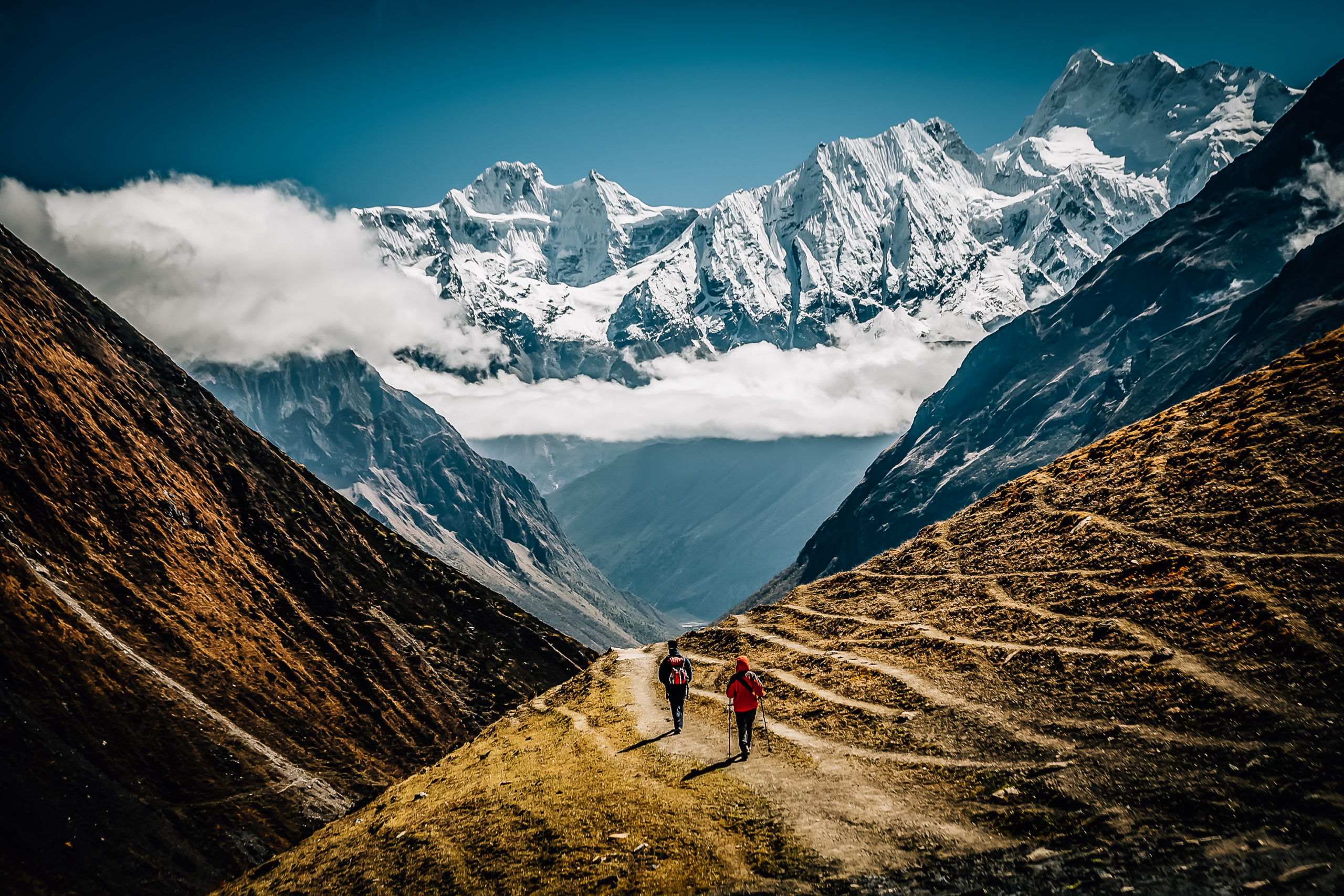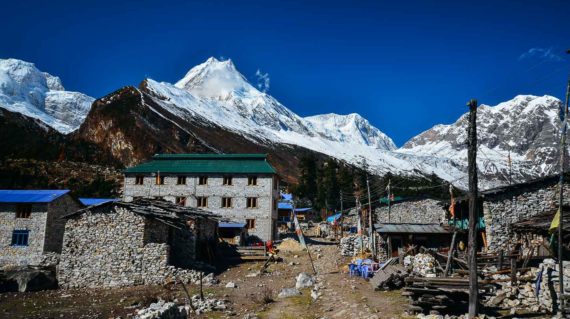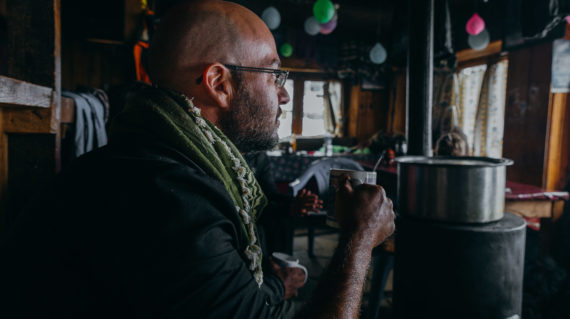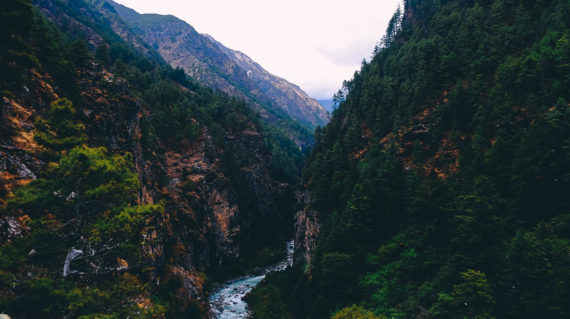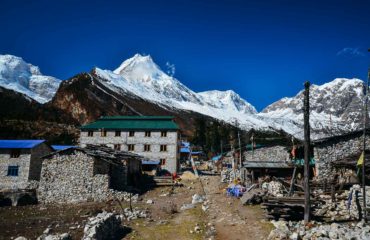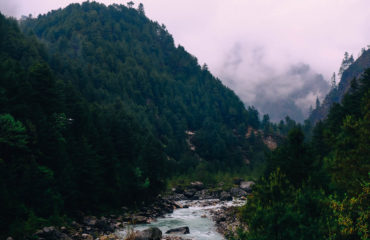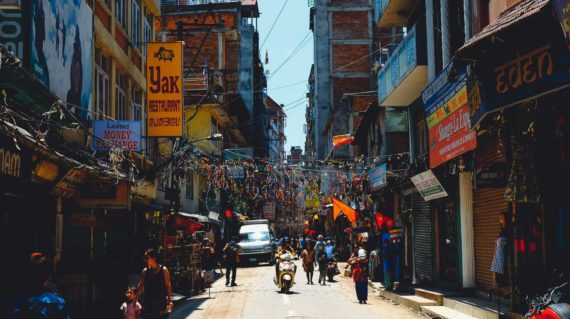
Manaslu to Annapurna Trek
fromManaslu to Annapurna trek is one of the most spectacular in the Himalayas. This region offers a good mix of cultural diversity and fantastic high mountain views. During the trek, Manaslu and Ganesh appear in the distance as a gigantic barrier of serrated and glittering mountains, suspended above the ground and only attached to the earth by thin layers of mist. During this trek, you will see the houses are scattered along the hills. Oxen and cows pulling the plough provide milk and meat. Join us now on this Manaslu to Annapurna trek to have an adventure of your lifetime!
- Reviews 0 Reviews0/5
- Style Type
- Expedition
- Mountainous
- Nepal
- Secret Planet
- Trekking
-
- Level Strenuous
- Group Size Medium Group
Manaslu to Annapurna trek is one of the most spectacular in the Himalayas and the region offers a good mix of cultural diversity and fantastic high mountain views. During the trek, Manaslu and Ganesh appear in the distance as a gigantic barrier of serrated and glittering mountains, suspended above the ground and only attached to the earth by thin layers of mist. During the Manaslu to Annapurna trek, you will see the houses scattered amongst the hills are covered with thatch and painted according to tradition. The feet of the hills and the bottom of the valley are terraced rice fields and the oxen and cows pulling the plow provide milk and meat. Bananas are abundant and cicadas gathered in the trees during flowering bring another dimension to the landscape.
- Nepal travel adviceby GOV.UK on 04/10/2024 at 10:25 am
Information on potential disruption to domestic and international air travel at Kathmandu airport (See ‘Air travel’ on the ‘Safety and security' page)
- Days 1 and 2 ARRIVAL KHATMANDU
- Day 3 KATHMANDU- ARUGHAT - SETI KHOLA
- Day 4 SETI KHOLA - MACCHAKHOLA
- Day 5 MACCHAKHOLA - JAGAT
- Day 6 JAGAT - DENG
- Day 7 DENG - NAMRUNG
- Day 8 NAMRUNG - SAMA GOMPA
- Day 9 SAMA GOMPA
- Day 10 SAMA GOMPA - SAMDO
- Day 11 SAMDO - DHARAMSALA
- Day 12 DHARAMSALA - LARKYA LA (5 150 M) - BIMTANG
- Day 13 BIMTANG - DHARAPANI
- Day 14 DHARAPANI - CHAME
- Day 15 CHAME - PISANG
- Day 16 PISANG - MANANG
- Day 17 MANANG - LEDER
- Day 18 LEDER - THORUNG PHEDI - HIGH CAMP
- Day 19 HIGH CAMP - THORUNG HILL LA (5,416 M) - MUKTINATH
- Day 20 MUKTINATH - LUPRA (2,790 M) - JOMOSOM
- Day 21 FLIGHT JOMOSOM-POKHARA-KATHMANDU
- Day 22 KATHMANDU
- Day 23 KATHMANDU - INTERNATIONAL FLIGHT
ACCOMMODATION
Standard category hotel (basic: double room) in Kathmandu and Pokhara, during the rest of the trip in tents (tents 3 places for 2 people) or lodge depending on the trip. The lodges in Nepal are of very random comfort. In general the conditions are rather good on the Annapurna tour and the Everest region, on the other hand in Mustang, in the Tsum valley and in the region of Kangch or Makalu they can be very rudimentary to the point of being a dormitory sometimes even a kitchen. The lodges can look like a shelter or sometimes a cottage from home. This is mostly a family home with double, triple or dormitory rooms. The toilets and showers are always separate. The cold or hot showers are sometimes payed for (between 1 and 2 pounds), most of the time the water is heated with solar energy.
MEALS
In the cities there are many small restaurants allowing us to discover the typical local cuisine. With the exception of Kathmandu, breakfasts and evening meals are prepared by the kitchen team or the cooks of the lodge. Food can be taken in to the dining room of the lodge or mess tent. Depending on the profile of the steps (length of day walking and / or presence of water), midday snacks will be served hot or cold in the form of picnics.
WATER: You should bring water purification tablets to disinfect the water you put in your bottle, depending on the source and on the advice of your guide.
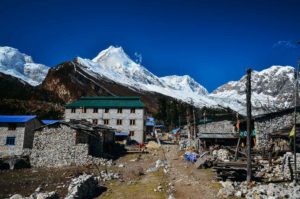
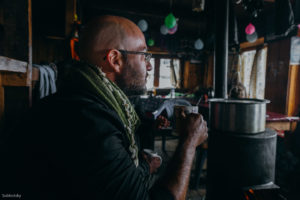
For your trip, allow 13 to 15 kg maximum, outside your hand luggage, even if in most flights you will be entitled to 20 or 30 kg in the cargo hold and 10 kg in the cabin. There is no point in being too busy and a little space is available to bring back memories. Attention, any extra and overweight bag will be charged directly by the airline during check-in. For domestic flights in Nepal: the baggage limit is 20 kg for Kathmandu – Pokhara flights and 10 kg for all other domestic flights.
A large flexible travel bag or backpack minimum 60 litres. This luggage must be water resistant (use a cover if necessary). You can also protect your belongings from dust or moisture by storing them in one or more plastic bags inside your bag.
A small backpack of about 40 litres for your personal belongings during the days of hiking. It will also serve you as hand luggage and cabin during air transport.
A secure waterproof bag to put your personal papers, passport and insurance, credit card and some bank notes, prescriptions on medical treatments personal, etc.
CLOTHING
The technique is immutable! You need several layers to add or remove depending on the temperature and your activity. You’ll be able to wash some quick drying things on the way, including underwear and socks. For T-shirts, underwear and socks, plan to change 2-3 times a week if you do not wash anything on the way.
¨ Waterproof and breathable Gore-Tex® jacket
¨ Poncho or rain cape
¨ Polar and Gore-Tex® gloves
¨ Down jacket of mountain
¨ Buff, hot hat
¨ Sweater or micro-fleece jacket, thinner and / or softshell
¨ Technical and / or short-sleeved t-shirts (avoid cotton, long to dry)
¨ Lightweight canvas trousers
¨ Mountain trousers
¨ Zipper trousers, cropped trousers or Bermuda shorts
¨ Socks
¨ Underwear
¨ Swimsuit
¨ Hat, cap or headband covering the neck to protect from the sun
¨ Walking sticks (very useful during crossings of snowfields)
¨ A pair of practical logging cleats on frozen snow on a low slope
SHOES
¨ A pair of low-rise walking shoes, which you’re used to (to avoid blisters) to evolve on easy trail.
¨ A pair of high walking shoes for the possible courses in snow or on screes
¨ Possibly a pair of flip flops, sandals or Crocs® type for the toilet, especially but watch out for the weight!
SMALL MATERIAL AND MISCELLANEOUS
¨ 2 gourdes (1 liter minimum) or 1 Camelback® (ideal to hydrate many times while walking) in addition to a 1 liter bottle.
¨ Pellets to disinfect water
¨ Pocket knife type Opinel® or Laguiole® and / or a “Swiss army knife” multi-purpose, to put in the baggage recorded in the hold
¨ Petzl® headlamp + spare batteries
¨ Torch (with manual reloading, it’s greener and more economical)
Category 4 sunglasses
¨ Sunscreen (high index) + lipstick.
¨ Pair of binoculars to observe wildlife (optional).
¨ Camera and / or camera (optional). Remember to protect it from dust and moisture (in a zippable plastic bag with Silicagel bag for example).
¨ Bring enough spare batteries to store in a warm pouch so they do not discharge or a solar system that fits on the bag to recharge while walking.
¨ Color photocopy of the passport facilitates administrative procedures in case of loss or theft (not to be kept in the same place as the passport!). Always in case of loss or theft of the passport, having aside two pictures of identities can be of great service.
¨ Four passport photos (for visa and various permits)
TOILET AND LAUNDRY
¨ Personal toiletries kit (toothbrush, toothpaste, etc.)
¨ Biodegradable soap sometimes used as laundry or biodegradable laundry
¨ Medium size towel quickly drying
¨ Plastic thread and some clothespins to dry your clothes
¨ Biodegradable wipes and tissues
¨ Sewing kit, with needles, threads, buttons, safety pins, etc.
PERSONAL PHARMACY
¨ As well as your own pharmacy kit if needed, we recommend taking the following:
¨ Altitude sickness tablets
¨ Pain relief
¨ Antibiotics
¨ Analgesics: Paracetamol 500mg
¨ Antidiarrheal
¨ Dioralyte
¨ Antihistamines (for bites, allergies etc)
¨ Local antiseptics
¨ Ointments
¨ Antimycotic powder (feet)
¨ Eye Drops
¨ Set of adhesive bandages and some compresses
¨ Double skin dressings for blisters
¨ Elastic adhesive tape (Elastoplast type)
Indicative list and not limiting, takes at least one of the products for each member. Take advice from your doctor or a tropical medicine centre if necessary.
When traveling, do not administer a drug to anyone who asks you to do it without the express consent of your guide. If in doubt do not hesitate to ask us.
Please click the link for the latest health advice


